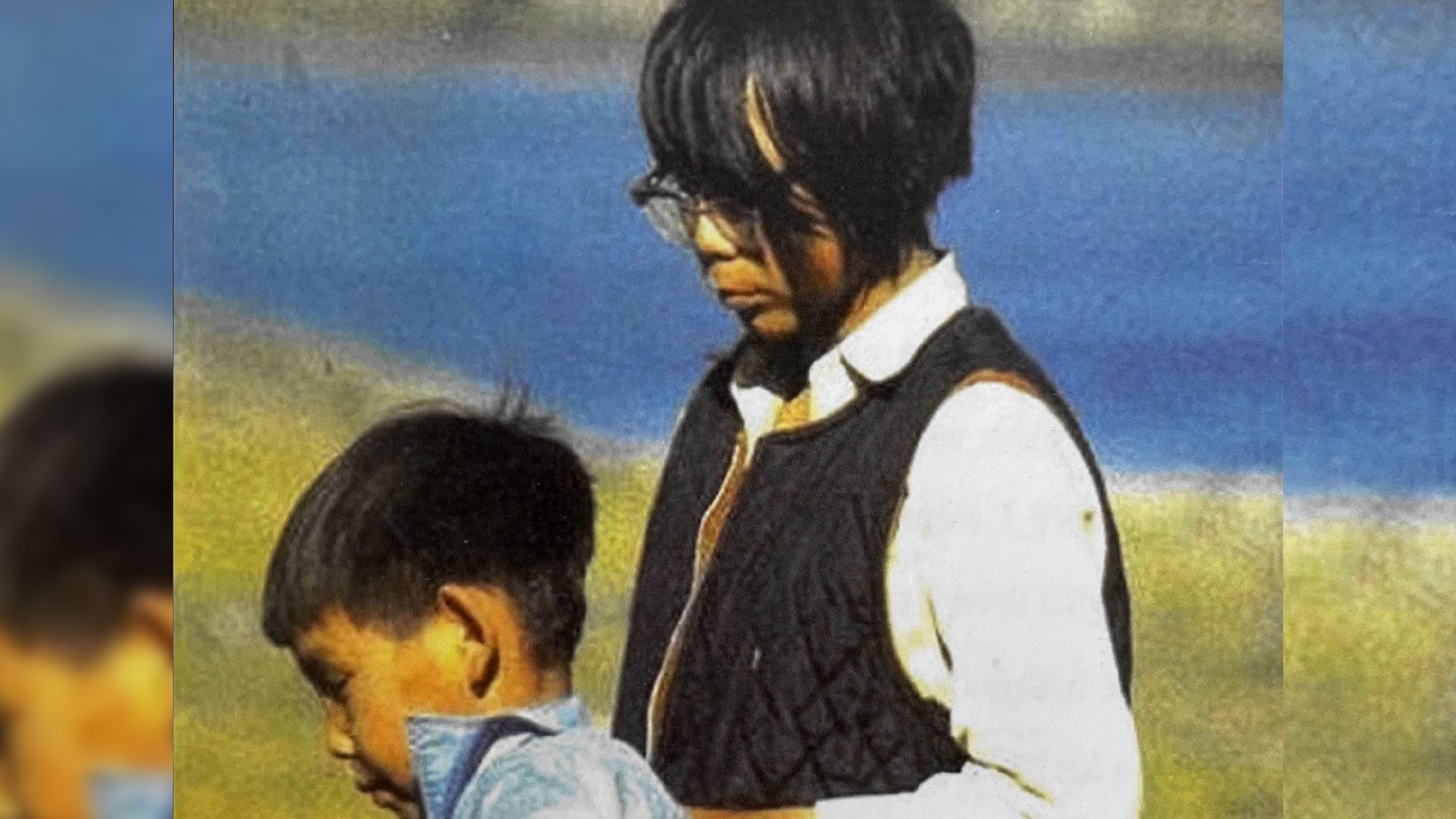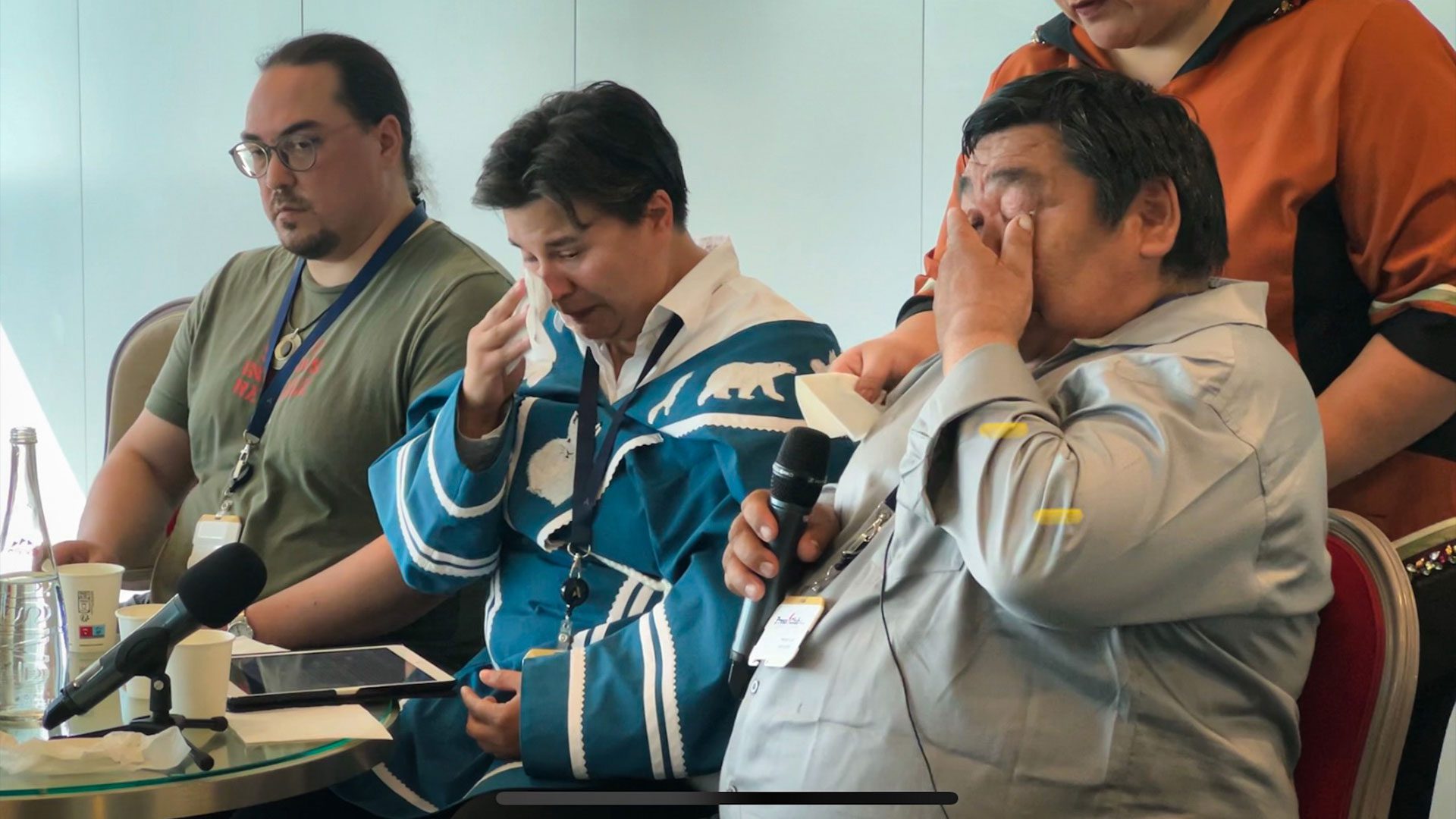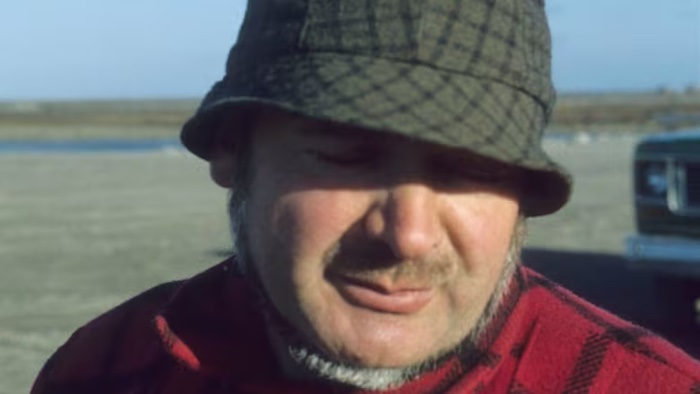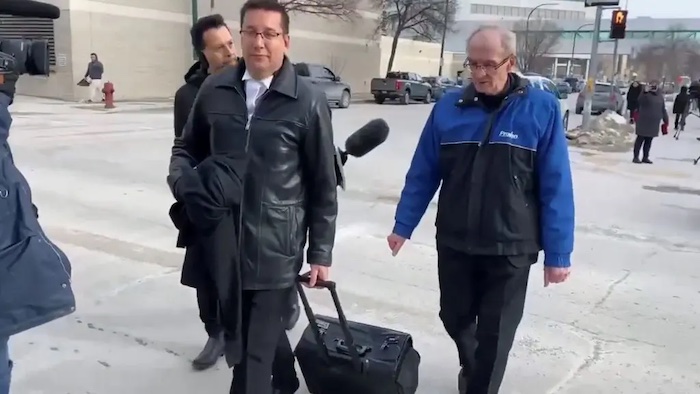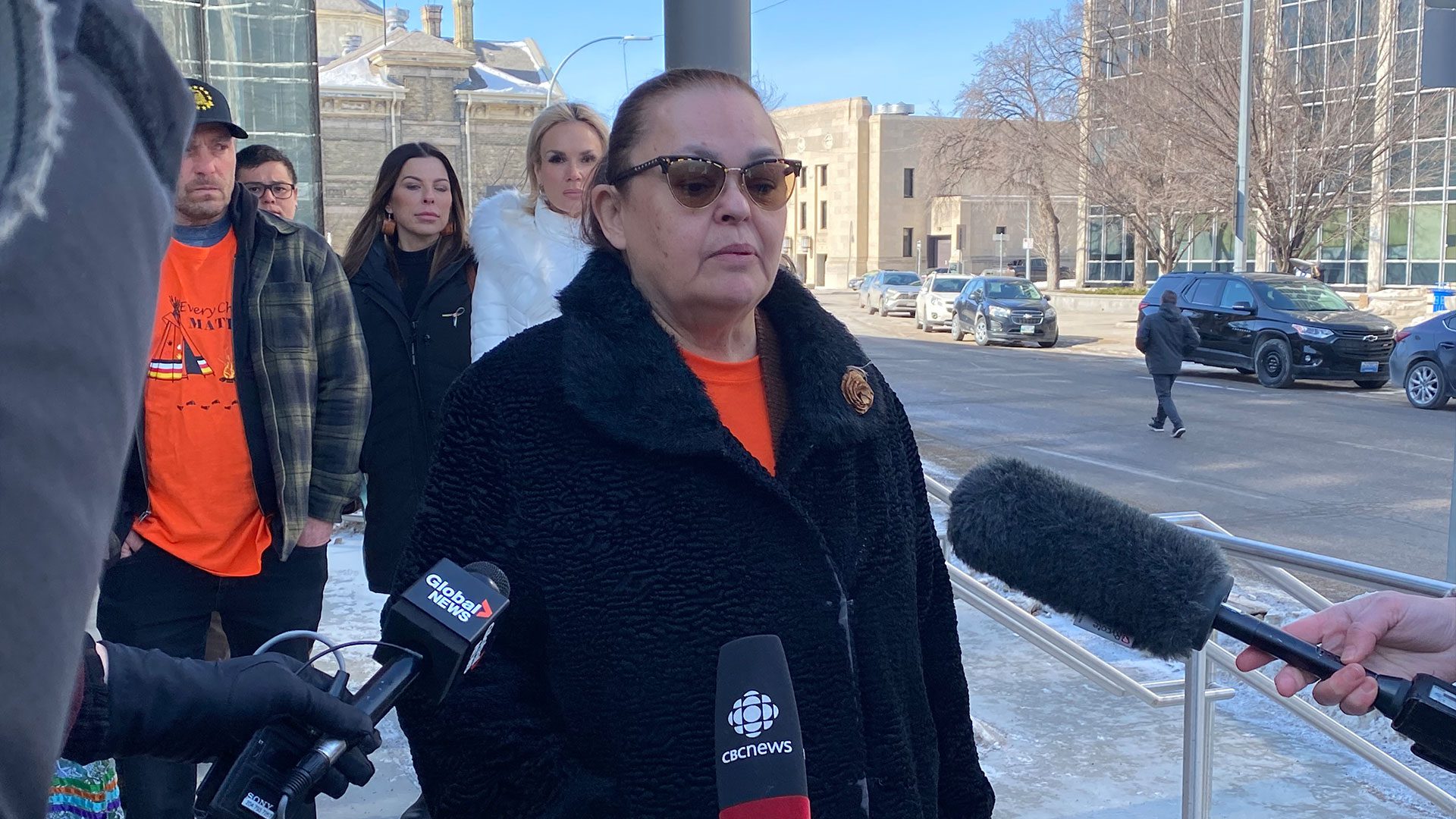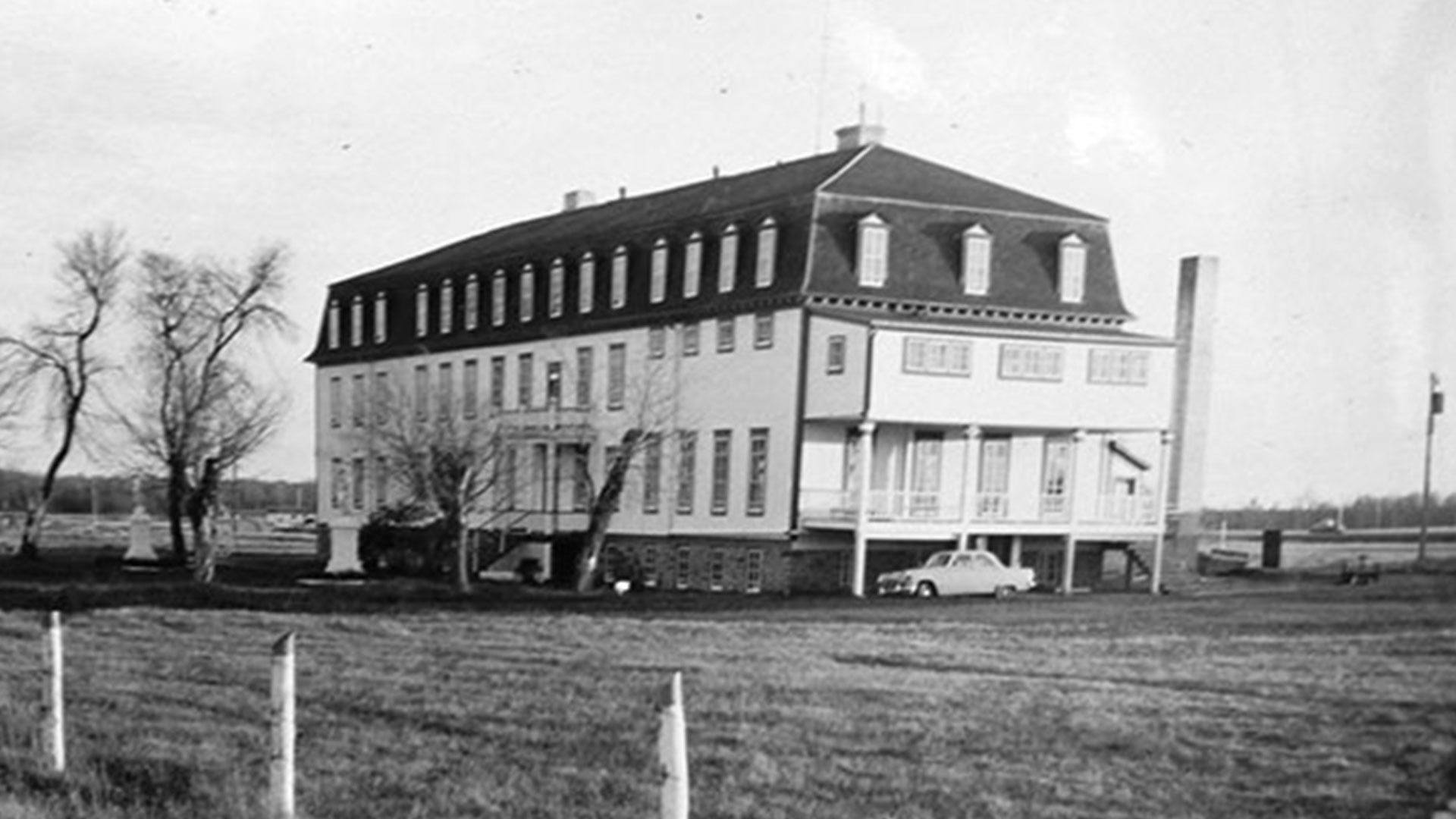
By Dillon White
Stó:lō Nation announced the discovery of 158 deaths, in addition to marked and potential unmarked graves, at sites associated with former residential schools in Mission, Chilliwack and Yale on Thursday (Sept. 21).
At the historical grounds of St. Mary’s Residential School in Mission, the Xyólhmet ye Syéwiqwélh (Taking Care of Our Children) team provided an update on findings from work investigating missing children and unmarked burials at St. Mary’s in Mission, All Hallows School in Yale, as well as Coqualeetza Industrial Institute and Coqualeetza Indian Hospital in Chilliwack.
“Our people are carrying mixed emotions. We’re on a journey to confirming the truth that we carry in our DNA. We’re on our journey to discover facts to what we have already heard from our great grandparents, our grandparents, past chiefs and leaders about what took place in residential schools,” Ts’i:m Grand Chief Doug Kelly said.
“Our people are carrying the incredible pain that was inflicted upon them by removal from their home, from their parents, their grandparents, their families and placed in residential schools where there was no oversight to keep those children safe.”
Stó:lō Research and Resource Management Centre director David Schaepe and project manager Amber Kostuchenko presented findings for Stó:lō communities on Thursday morning and in the afternoon for the public.
Through archival research, the team confirmed deaths of children who either died as a direct result of their school experience or while under the care of the institution.
The research team confirmed with certainty the deaths of 96 children between the ages of five and 20 at the Coqualeetza hospital, 37 at Coqualeetza school, 20 at St. Mary’s and five at All Hallows School.
The team said many of the deaths were due to illness, with 79 dying because of tuberculosis at the Coqualeetza hospital.
Through oral historical research of St. Mary’s survivors, the team learned of cases where children were killed, as well as secretive burials of children and babies, and forced burials of children by other children.
St. Mary’s moved locations within Mission twice and through oral histories, the research found the old school to be “a place of punishment and starvation and the new school a place of pedophilia.”
“What we learned from speaking with only a handful of survivors is devastatingly traumatic and sad. Nothing less than absolutely heartbreaking,” Schaepe said.
At the old St. Mary’s school, the presentation revealed children suffered capital punishment, were exposed to diseases as a form of punishment and were subject to malnutrition and child labour. At the new school, the researchers said sexual abuse was rampant.
“We heard of terrible implications that need further work to further understand. Including a story of firemen responding to a fire at the old St. Mary’s girls’ dormitory and finding the remains of fetuses in the walls,” Schaepe said. “And as is being told in experiences at other institutions, that furnaces were used for cremation purposes.”
Schaepe says the question of who committed the atrocities remains the focus of the research team’s ongoing work.
Through geophysical data, the team confirmed the discovery of marked graves of children at the Oblates of Mary Immaculate Cemetery in Mission, situated on the edge of Fraser River Heritage Park and adjacent to the ruined foundations of the old school.
The team also confirmed the identification of anomalies representing potential unmarked burials located more broadly throughout the St. Mary’s old school grounds in examined areas.
At Coqualeetza, researchers did not identify any anomalies that could be interpreted as potential unmarked burials through phase one work. However, they did discover unmarked graves that could be associated with the hospital.
“At the Sqwá First Nation cemetery, we can confirm the identification of marked graves but without names that appear to be associated with the Coqualeetza hospital within that portion of the cemetery established for the hospital’s use,” Schaepe said.
“We can also confirm the identification of anomalies interpreted as potential unmarked burials that also appear to be associated with the Coqualeetza hospital, and the various burials of individuals who died there. We cannot confirm at this point in time whether these are adults or children.”
The geophysical search was preliminary and covered three per cent of the schools’ grounds, with more research to follow.
“It is too premature in our work and distracting to our efforts to focus on the numbers of potential unmarked burials,” Squiala First Nation Chief David Jimmie said.
The Stó:lō Nation Chiefs’ Council launched the estimated three-year project to find unmarked graves in 2021 and the Stó:lo Research and Resource Management Centre began the search at the site of the former St. Mary’s Residential School in August 2022.
The research centre used ground-penetrating radar, combined with archival research and oral testimony from those who survived to investigate potential unmarked graves and missing children related to the three former residential school sites.
The investigation came after the discovery of unmarked graves in former residential school cemeteries in Tk’emlúps (Kamloops), Penelakut Island (Kuper Island) and across Canada.
Other goals of the work included identifying Stó:lō children sent to residential schools throughout the province and country who never returned home.
The St. Mary’s Residential School was opened by Catholic missionaries in 1863 and was relocated in 1882. A new school was built in 1933 and closed in 1984.
According to the presentation, St. Mary’s was the first residential school to open in B.C. and the last to close, making it one of the longest-operating residential schools in Canada.
In 2004, a former St. Mary’s school employee was convicted of 12 counts of indecent assault in relation to his time at the school and was sentenced to three years in prison.
Meanwhile, the Coqualeetza school was opened by Methodist missionaries in 1886. It started as a day school but added a residence for boarding students the following year. A new school was built in 1889 but burned down in 1891.
The school closed in 1940 and the building became the Coqualeetza Indian Hospital. A fire destroyed nearly two-thirds of the building in 1948 and closed in 1969 after a new wing was reconstructed.
Stó:lō members of Skowkale and other First Nations subsequently took over the grounds and renovated the building.
All Hallows was operated by the Anglican Church between 1885 and 1920 and it was a segregated institution for both Indigenous and non-Indigenous girls.
According to the presentation, the Canadian government does not recognize All Hallows as a residential school due to its strict definition of residential schools and the Stó:lo Research and Resource Management Centre didn’t receive funding to do the research it completed.
Stó:lō Commemoration Ceremonies will be held at Fraser River Heritage Park in Mission next weekend at the former site of the St. Mary’s Residential School on Sept. 29, Sept. 30 and Oct. 1.
“It is with a heavy heart that we share an invitation to residential school survivors, their families and communities, community partners, neighbours and allies to witness a weaving of funeral and memorial ceremonies for the missing children and the unmarked graves and burials of the children who attended the St. Mary’s Residential School in Mission,” the Taking Care of Our Children team wrote on their website.
The National Residential School Crisis Line offers emotional support and crisis referral services for residential school survivors and their families 24 hours a day at 1-866-925-4419.
Complete Article ↪HERE↩!


